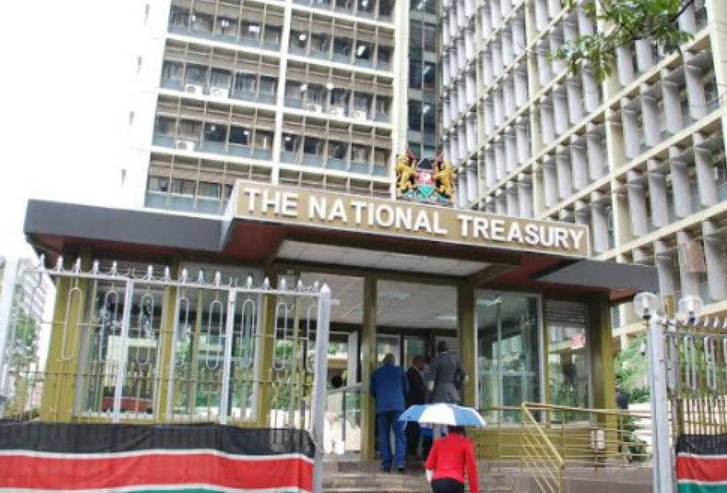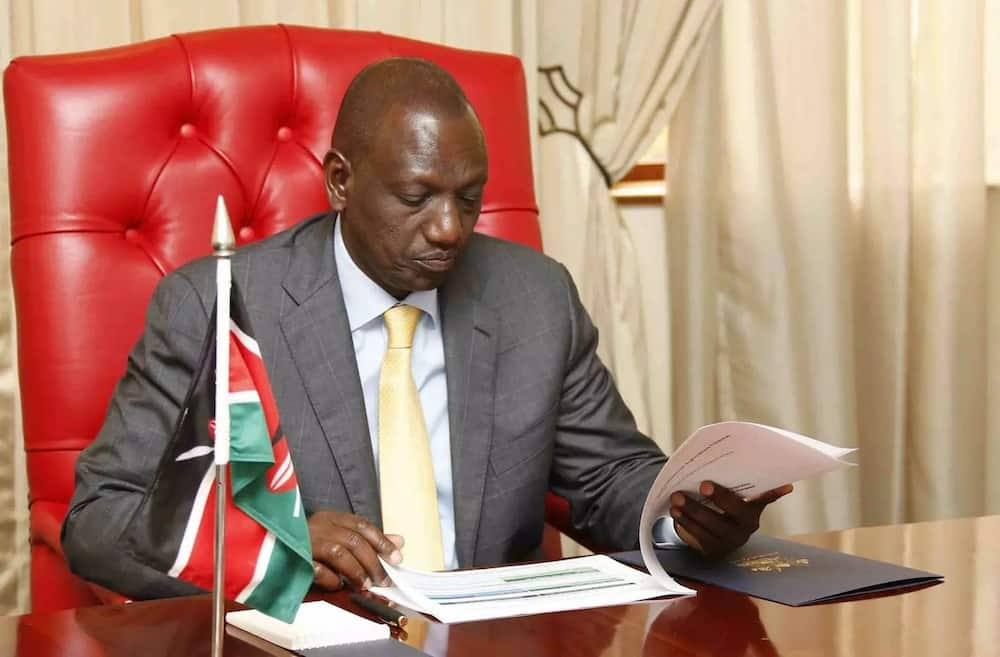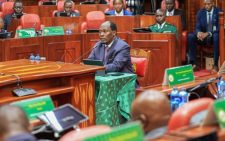Kenyans told to brace for tough first quarter of 2023

Economists predict a turbulent economic times during the first quarter of the New Year, but expect a “return to normalcy” beginning April.
With high commodity prices continuing to squeeze consumers’ spending power, analysts believe that taming inflation should be the first priority for policymakers in the first three months of 2023.
They warn that a delay will only exacerbate the cost of living for the majority of Kenyans. A few experts in their prediction say 2023 remains uncertain and that a strong economic outlook will only hinge on whether the Central Bank of Kenya (CBK) is able to rein in inflation while keeping the country’s debt level in check.
Churchill Ogutu, an economist and investment strategist said yesterday that the Central Bank’s Policy Committee (MPC) will end its hiking cycle ahead of its meeting on January 30 and hit a pause button after raising the base lending rate to 8.75 per cent in November last year from 8.25 per cent to tame the inflation.
Uncertainty phase
“We are not out of the uncertainty phase yet. The first quarter will likely be rough, but that will quickly change with the softening of global economic challenges that had been triggered by the war in Ukraine,” he said in a telephone interview. Ogutu added that, “I can see the economy moderate to between four and five per cent in the first three months of the year, what I can call a base effect.”
Analysts at the World Bank also expect the economy to rebound this year with sectors such as oil and gas and agriculture playing a leading role in the economic renaissance. “Kenya can further leverage the agriculture sector to spur growth, poverty reduction, and food security,” said Keith Hansen, World Bank Country Director for Kenya, who noted that the country’s economic recovery remains strong, although that was being slowed by drought and inflation.
The bank expects Kenya’s medium-term growth prospects to remain positive with a 5.2 per cent gross domestic product (GDP) growth projection in financial year 2023/24 despite current global and domestic shocks. In hindsight, positive signs are starting to show after December statistics showed that Kenya’s inflation rate slowed for the second consecutive month to 9.1 per cent last month, which was the lowest since August when the figure stood at 8.5 per cent.
Similarly, the latest Purchasing Managers’ Index (PMI) shows private sector activity ended 2022 on a high – registering a three-month headline reading of 51.6 in December, up from 50.9 in November 2022 and posting above the 50.0 neutral mark for the fourth month running.
December also witnessed the highest growth level in employment by firms – the highest since March on modest improvement in operating conditions and cooling off of inflationary pressures in the month under review. “Inflationary pressures appear to be easing, with input costs and output prices rising at a slower pace. Moderate inflation is likely to be one of the few positive factors in the second half of 2023, with fewer supply chain disruptions, favourable weather conditions, and lower energy prices,” said Mulalo Madula, an economist at Standard Bank.
He is, however, concerned that the eccentric factors, including taxes, will likely dislocate inflation in the first half of the year. Samuel Nyandemo, an Economics lecturer at the University of Nairobi agrees, warning in his forecast of a possible barb in inflation this quarter, despite the successive drops in recent months.
The anticipated rise in oil prices in 2023, according to the don will push up the prices of oil-based products including raw materials, and plastics, and every molded product will also shoot up.
Oil prices
“Inflation will not cool down because of the expected rise in oil prices this year. Because an increase in energy costs results in higher production costs and more expensive oil means more transportation costs, these prices are passed on to the consumer,” argued Nyandemo.
For instance, Brent Crude, a benchmark for the price of oil worldwide, has fallen more than 15 per cent since early November and was trading around $84 a barrel as of last Friday as surging Covid-19 cases in China weakened the outlook for oil demand growth in the world’s largest crude oil importer.













